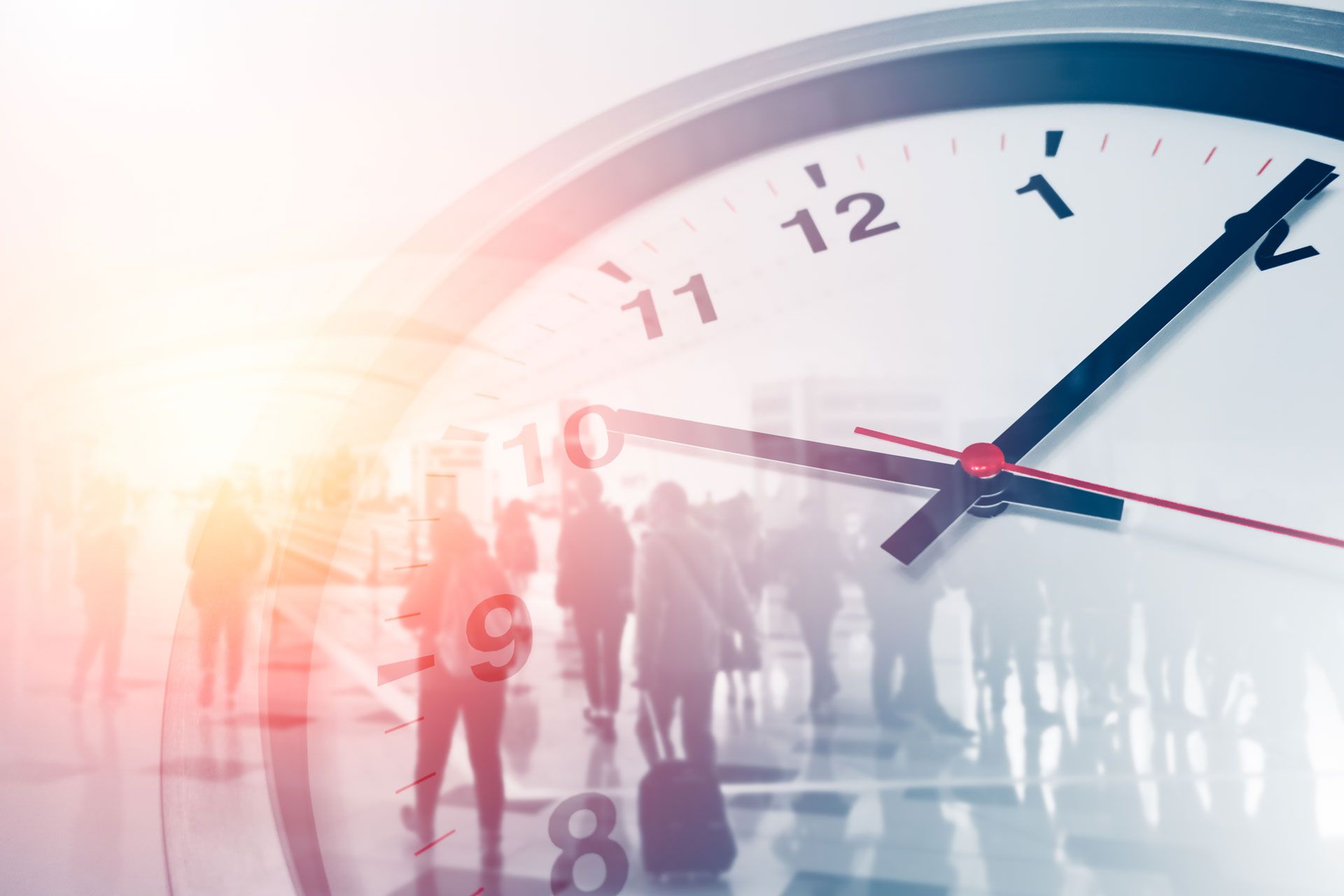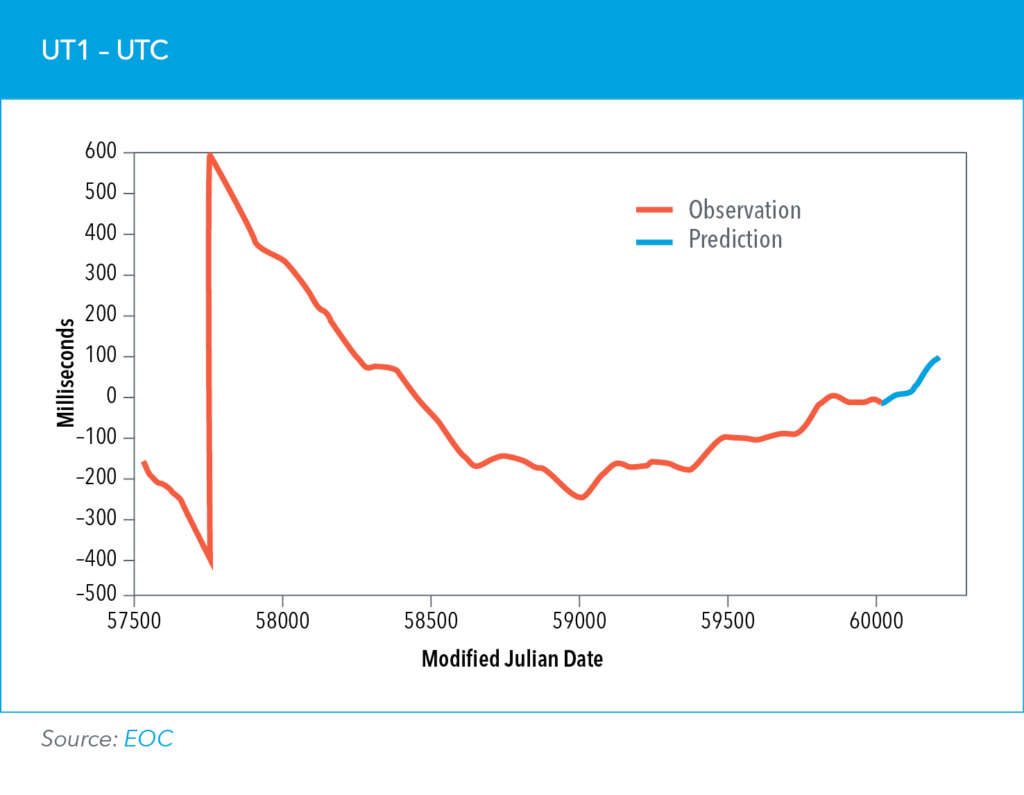
The future starts now


Martin Milton, Director, BIPM
Agreements on timekeeping have been essential to human progress for millennia.
As humankind and human behaviour continue evolving, demands for an improved time scale have become more frequent and intense.
During 2021, the International Bureau of Weights and Measures (Bureau international des poids et mesures — BIPM), conducted a survey among its users and stakeholders about the impact of discontinuities in Coordinated Universal Time (UTC) on current applications of timekeeping. The data collected shows that only a truly continuous UTC — precisely measured and without frequent adjustments — can serve the needs of the 21st Century user.
Change is always with us. Nevertheless, as the institutional custodians of international time, we must proceed with care and consideration. As we move forward with this topic, we must respect the fact that tangible everyday astronomical cycles remain the symbolic foundation of time for practically everyone.
Because of that, we must consider the impact that any decision to change in UTC would have on astronomy, along with any social activities linking people to the natural cycle of the Earth.
A recent decision on future UTC
The General Conference on Weights and Measures (CGPM) in November 2022 brought together 64 BIPM member states. They approved a resolution “On the use and future development of UTC,” proposing that an extension of the tolerance between UTC and the rotational angle of the Earth be put in place by 2035.
In view of this decision, BIPM looks forward to collaborating with industries and organizations, and, of course, with the International Telecommunication Union (ITU), on realizing and disseminating an updated time standard adapted to the needs of a modern society.
A turning point
As the graph below shows, we are indeed at a turning point in the history of UTC.

The difference between the Earth’s rotation time and atomic time has widened considerably over the last 50 years. This trend, exacerbated by the slowing down of the Earth’s rotation, has triggered the insertion of occasional leap seconds.
The latest data, however, indicate a reverse in the trend, giving rise to the possibility that between now and 2035 we may need to insert the first-ever negative leap second into UTC-based time applications.
As I write this article, space agencies around the world are starting to discuss the need for a continuous time reference for the moon.
A continuous UTC, therefore, might one day become the time reference for the Earth and beyond.
Is the leap second history?
Similar questions about global timekeeping came up a decade ago, in an ITU News Magazine edition published in 2013. As the foreword from François Rancy, then-Director of the ITU Radiocommunications Bureau, said: “Modern times — is the leap second history?”
Now, 10 years later, it could well be the case.
Download your copy of the ITU News Magazine: The future of Coordinated Universal Time.
Header image credit: Adobe Stock
